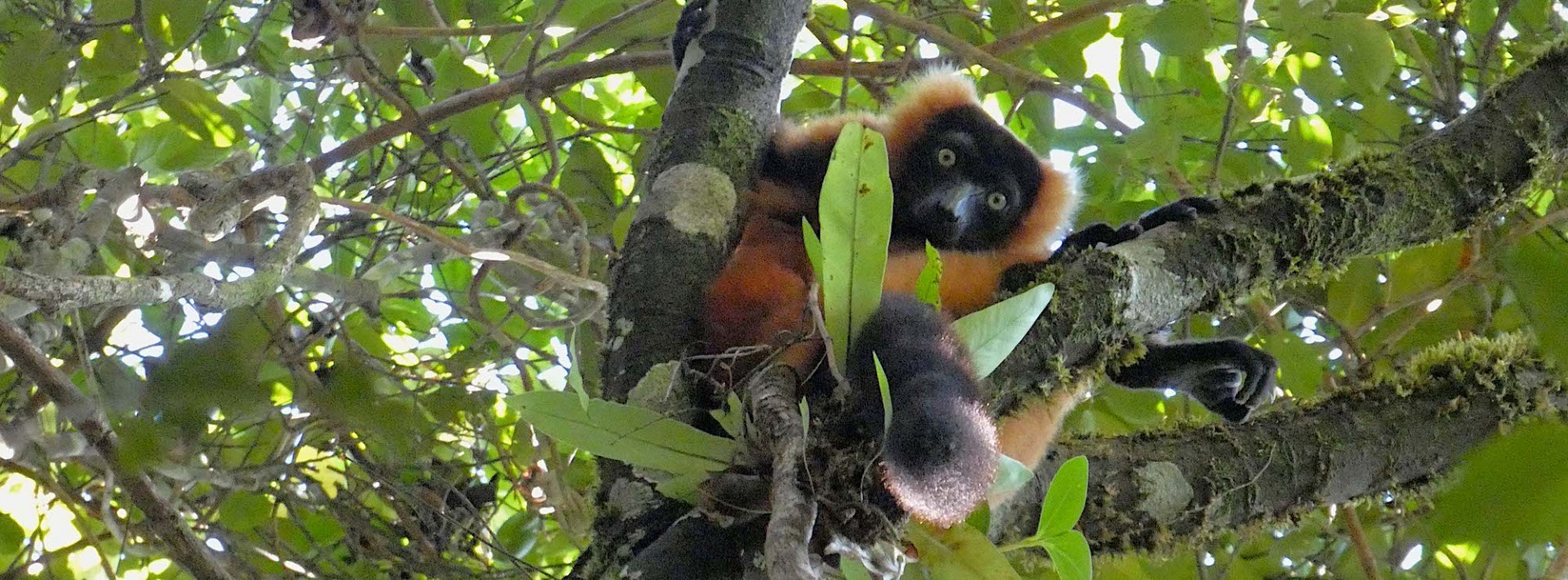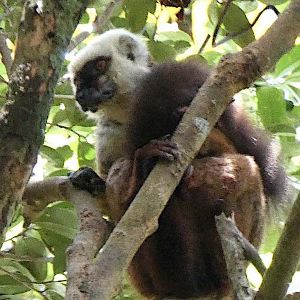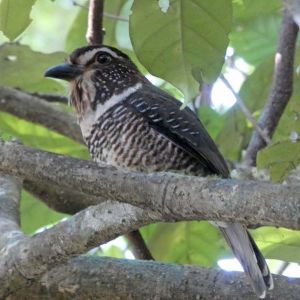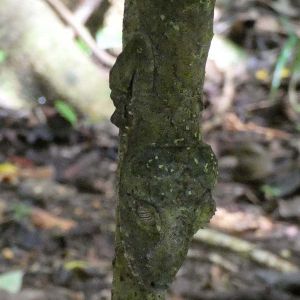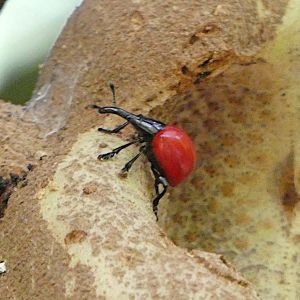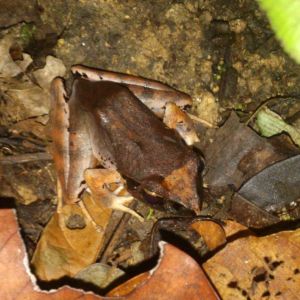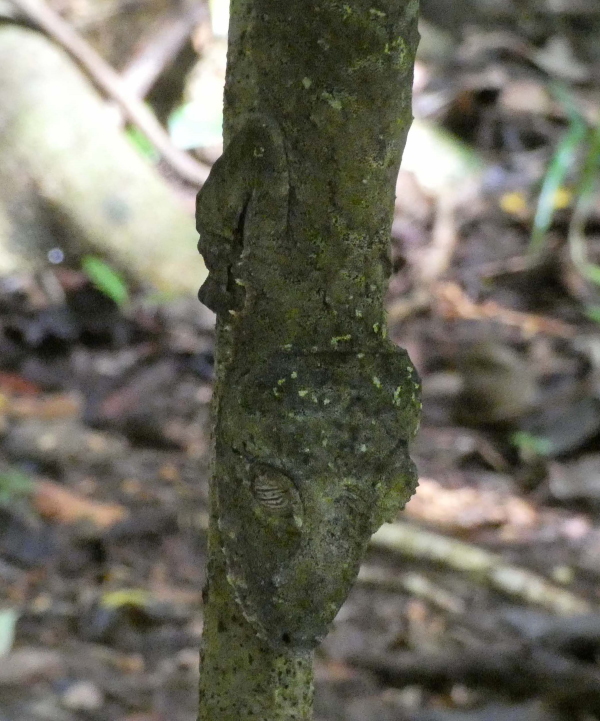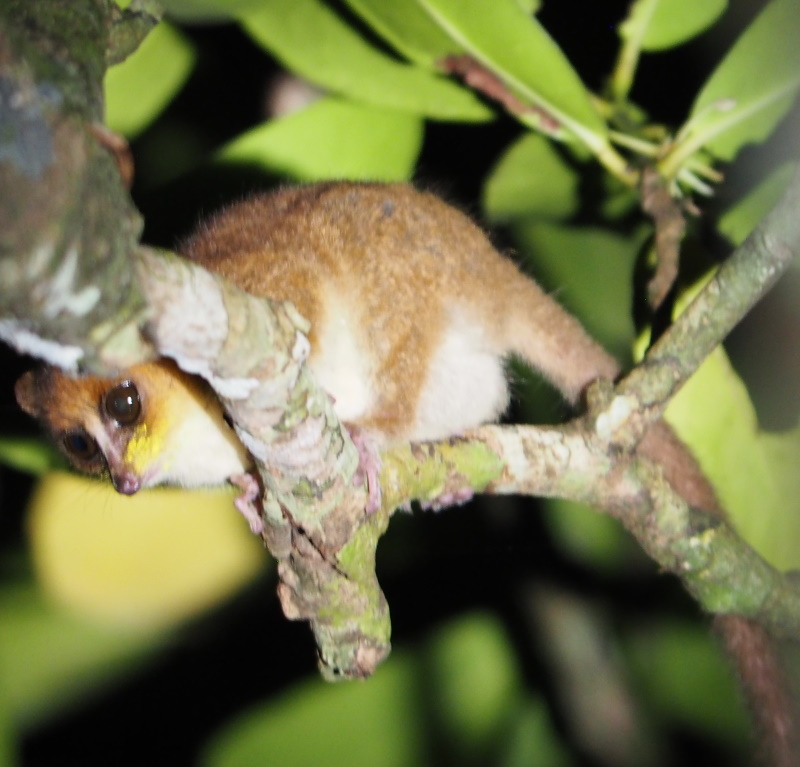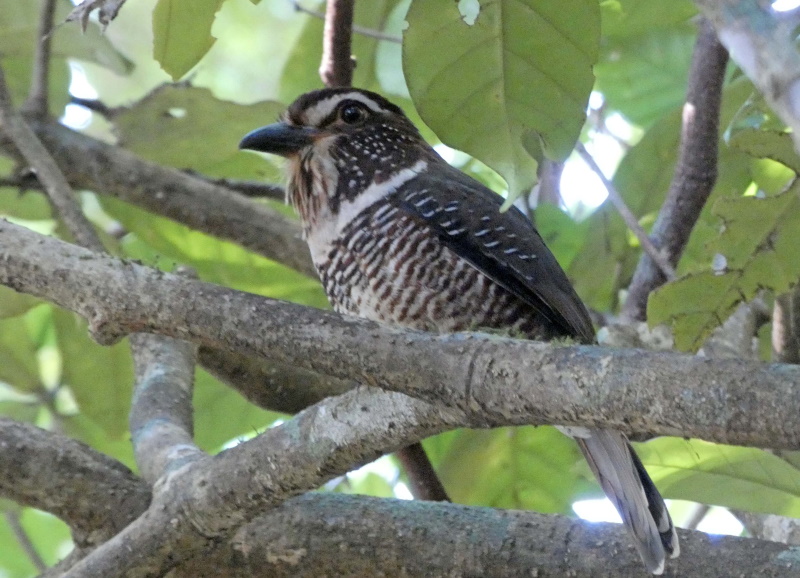In Brief
Conservation Value:
The Farankaraina Forest, located on Antongil Bay in NE Madagascar, comprises 3,000 ha (including ~1,000 ha of primary rainforest) and extends inland from the ocean to an interior elevation of 410 MASL. The forest is situated within proximity to Makira Natural Park (the largest protected area in Madagascar) and Masoala National Park (the largest National Park of Madagascar). It is estimated that the Antongil Bay area contains 50% of Madagascar’s biodiversity while covering only 2% of its surface area. The region is also home to the highest diversity of Madagascar’s emblematic lemur species and more than half of all the known endemic species in the island, including the Endangered aye-aye and the Critically Endangered red-ruffed lemur.
Threats:
The Farankaraina Forest and other forests in NE Madagascar experience a lot of pressure due to increasing population and poverty. There are eight communities with an estimated total population of 20,000 people living around the Farankaraina Forest. The main threats to the reserve are the growing demands for land for subsistence farming (slash-and-burn agricultural practices), illegal logging for charcoal and precious woods (e.g., Madagascar rosewood), unsustainable collection of non-timber resources (e.g., honey, wax, tubers, bark, and medicinal plants), some artisanal mining, and poaching.
Actions & Results:
In 2024, ICFC's partner Fandroakando NGO conducted joint patrols with Local Village Associations (VOIs) that led to improved coverage of the Farankaraina Forest. Patrols are now tracked using the Spatial Monitoring and Reporting Tool (SMART). SMART analysis feeds into monthly planning to improve the effectiveness of patrols. During the year, four enforcement missions led to the apprehension of 24 people. In the 2023-2024 reforestation campaign, 1,200 seedlings were planted, and 17.3 ha of degraded forest were delimited for natural regeneration. An awareness campaign informed nine villages about the impact of human-caused forest degradation and droughts caused by climate change. Villagers were also encouraged to join the VOIs, and some did. Fandroakando is gaining ground, as evidenced by the signing of new collaboration agreements with existing VOIs and increasing VOI membership. ICFC is proud to support this young organization’s work in a challenging but important place for global conservation.
Goal:
Protect the Farankaraina Forest and its wildlife and restore degraded areas within it.
Support this projectLocation:
Antongil Bay in northeastern Madagascar
Size of Area Involved:
3,000 hectares
Project Field Partner:
Our Investment to Date:
Cost (2021-2024): CA$452,641 (ongoing in 2025)
Thanks to Re:wild for co-funding this project in 2024. We are seeking additional support in 2025 (your support is welcome!).
Gallery
Click to enlarge an image
Video
In More Depth...
International Conservation Fund of Canada Copyright © 2009-2025
Registered Canadian charity # 85247 8189 RR0001

